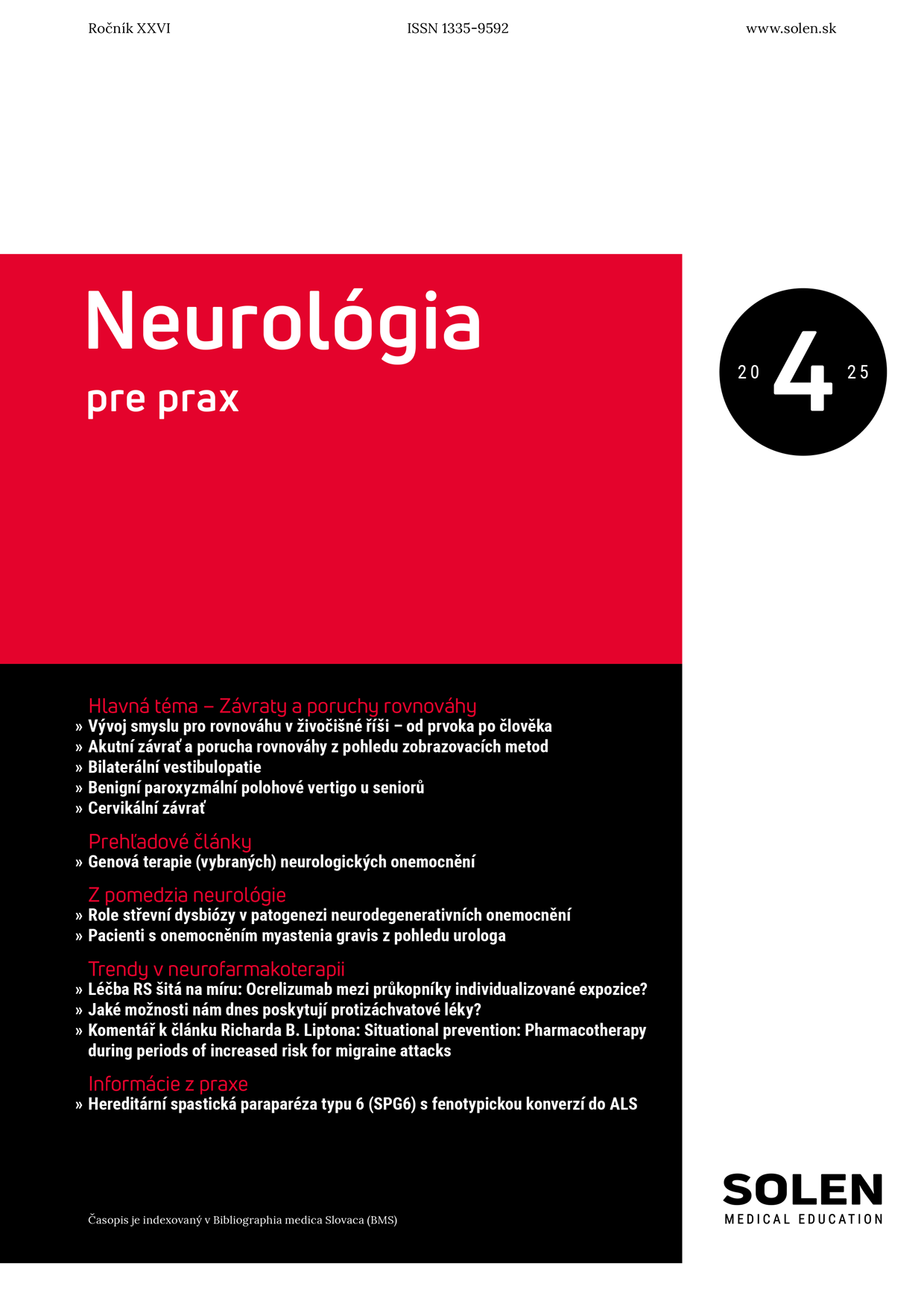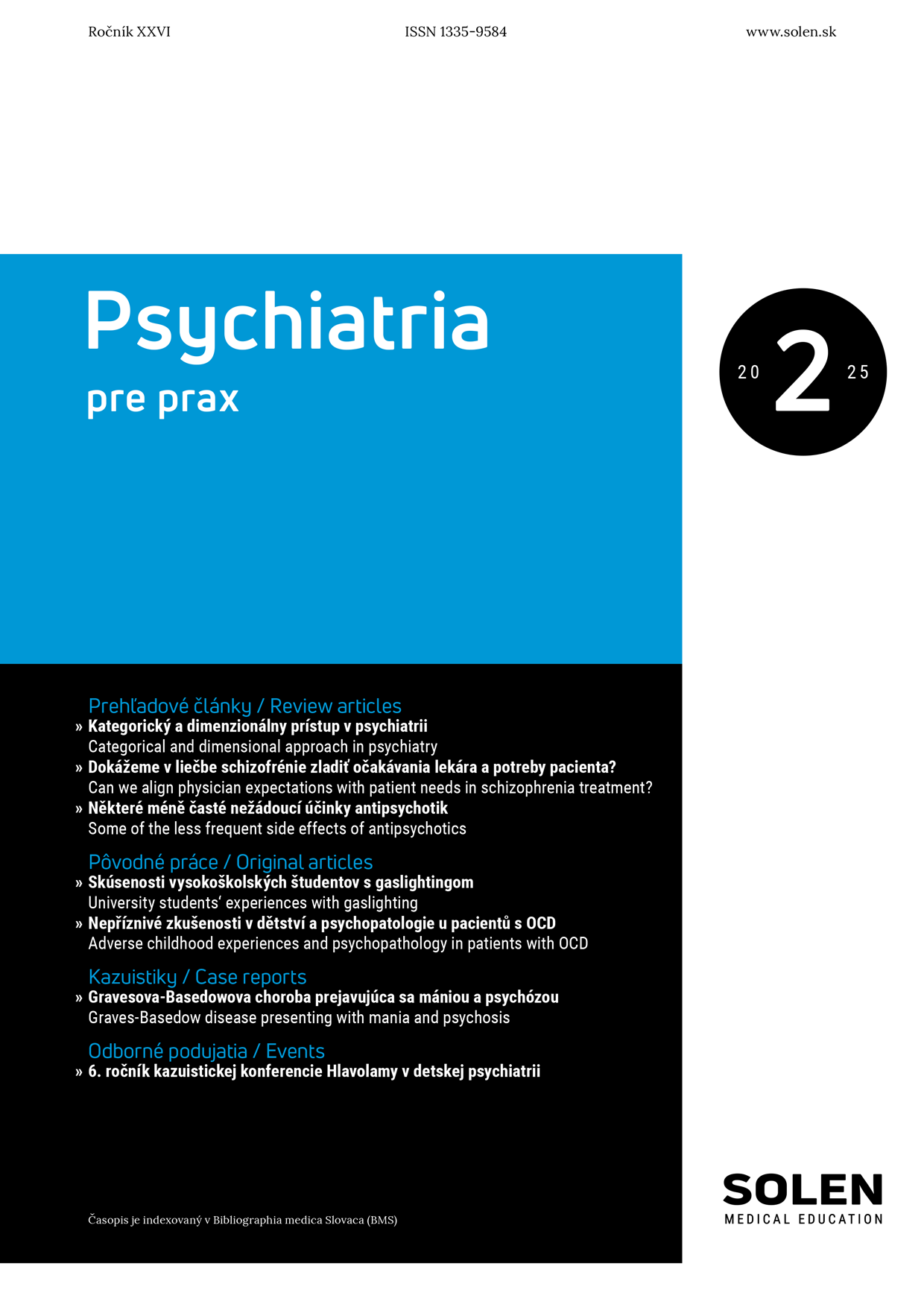Urologie pro praxi 4/2021
Hyaluronát sodný – prevence a léčba urologické toxicity při onkologické terapii
Hyaluronát sodný (kyselina hyaluronová – HK) je látka, která se přirozeně vyskytuje v lidském těle. Je součástí vrstvy glykosaminoglykanů (GAG) nacházející se na povrchu urotelu močového měchýře a v tekutinách očí a kloubů. Přípravky tohoto typu se podávají přímo do močového měchýře a předpokládá se, že v něm dočasně nahrazují vrstvu GAG, která u pacientů s intersticiální cystitidou (IC) může být poškozená. Použití HK je pluripotentní a používá se jak v rámci prevence toxického působení onkologické léčby, a to především radioterapie, tak k léčbě chronických infekcí dolních cest močových způsobených jak bakteriálně, event. autoimunitně v rámci IC.
Kľúčové slová: hyaluronát sodný, GAG – glykosaminoglykanová vrstva, recidivující infekce močových cest, toxicita protinádorové léčby.
Hyaluronic acid: prevention and treatment of urological toxicity in cancer therapy
Hyaluronic acid is a substance naturally occurring in the human body. It is part of the glycosaminoglycan layer found on the surface of the bladder urothelium and in eye and joint fluids. This type of agent is administered directly into the bladder and expected to temporarily replace the glycosaminoglycan layer therein which may be damaged in patients with interstitial cystitis. The effect of hyaluronic acid is pluripotent, being used both in preventing the toxic effects of cancer treatment, particularly of radiotherapy, and in treating chronic lower urinary tract infections caused by bacteria and/or autoimmunity in the case of interstitial cystitis.
Keywords: hyaluronic acid, glycosaminoglycan layer, recurrent urinary tract infection, anticancer treatment toxicity.

















